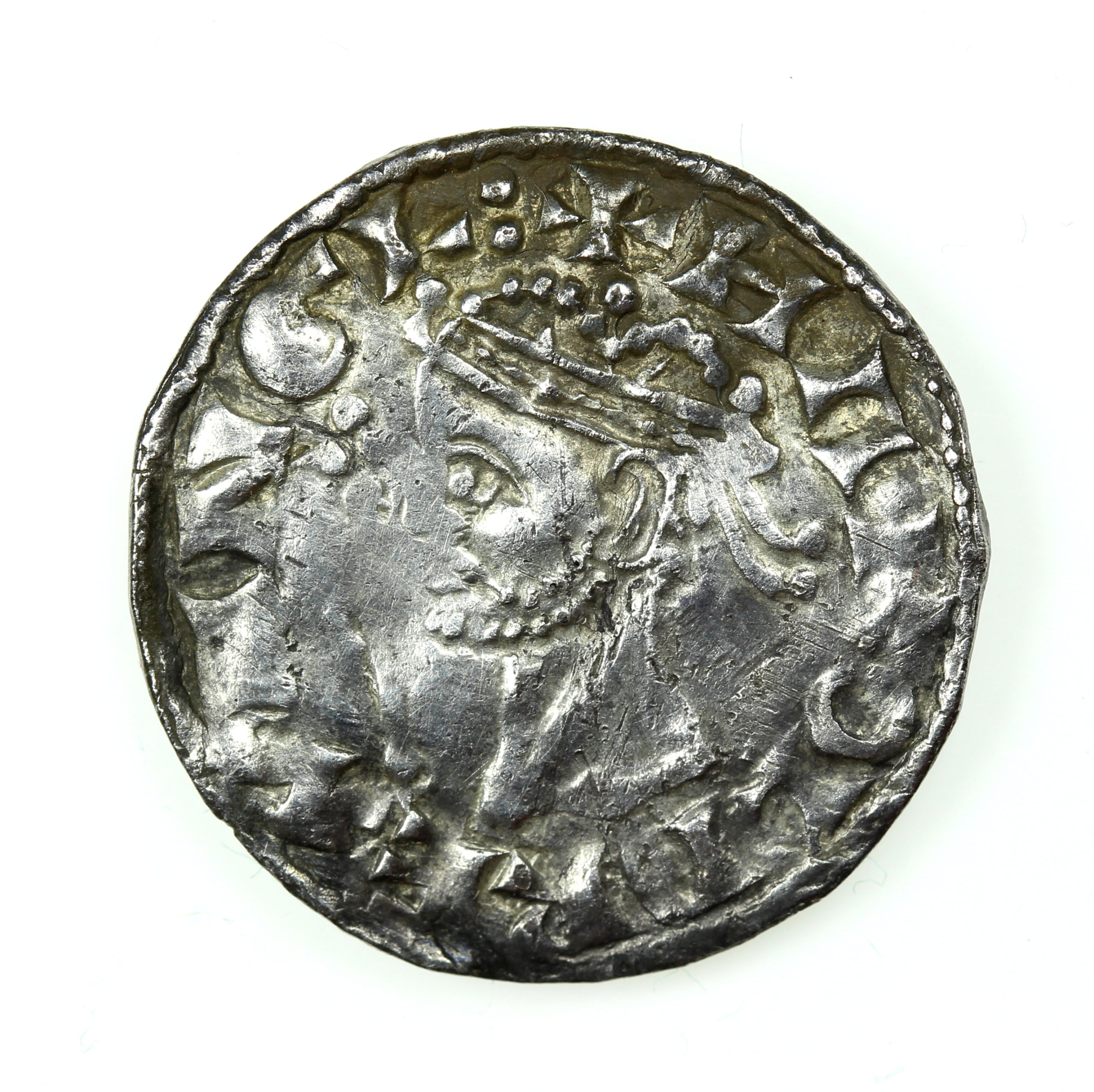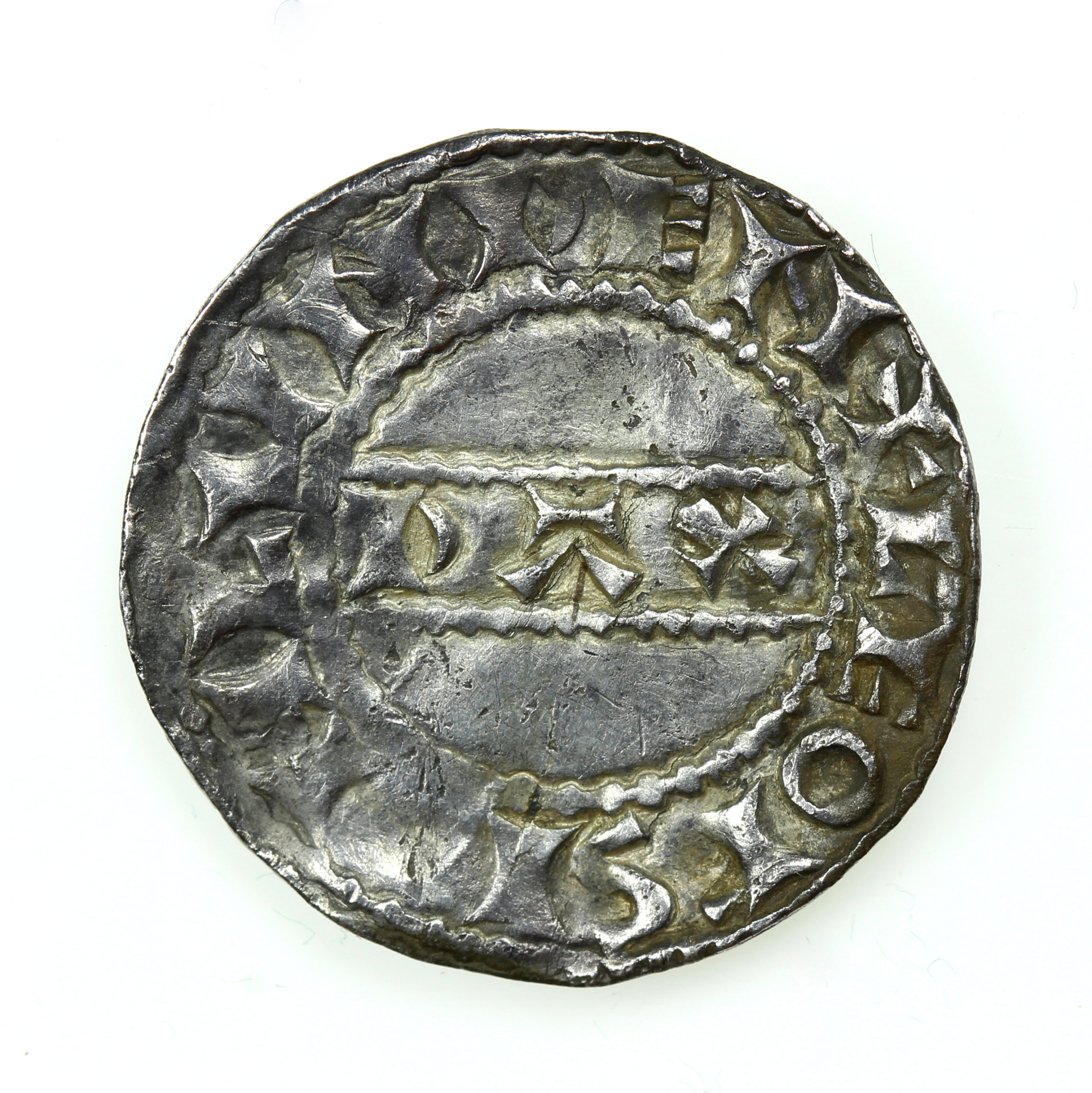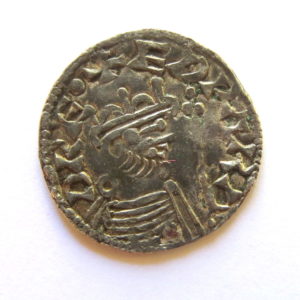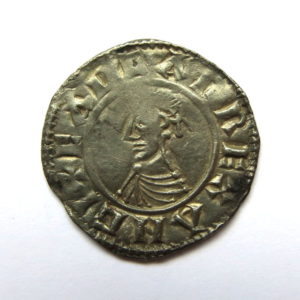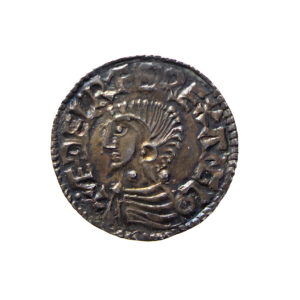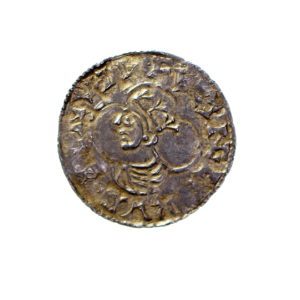Harold II Godwinesson AD 1066 Silver Penny Pax type, London
£4,950.00
Harold II AD 1066 Silver Penny Pax type
Crowned bust left with sceptre/PAX across field
London/ Leofsige
S1186, 19mm, 1.29g Braintree number BT74
Harold II ‘Godwinson’ (6th of January 1066-14th of October 1066): The last Anglo-Saxon king of England, Harold was the son of Earl Godwin of Wessex – Edward the Confessor’s right-hand man. Though Godwin and his family fell out of favour with Edward during the early 1050’s, this was but a temporary setback. His father died in 1053, and Harold took up the mantle as Earl of Wessex – assisting Edward greatly in driving back the Welsh and calming the northern border with Scotland. In 1066 Edward died, naming Harold his successor on his deathbed. However, he had previously favoured William of Normandy – causing the latter to prepare for invasion to defend his ‘right’. Arguably the most famous part of Harold’s short reign is its last month. Marching north to confront an invasion force assembled by the Danish king Harald Hardrada and his own traitor brother, Harold won a spectacular victory at the Battle of Stamford Bridge. However, William of Normandy landed on the south coast shortly afterwards, and he was forced to march back down the length of the country with a tired and depleted force. The decisive moment came on the 14th of October 1066 at the Battle of Hastings, where despite a terrific struggle Harold’s forces were defeated by William – an event famously depicted on the Bayeux Tapestry. Harold was killed during the battle, and the throne subsequently passed to William – who became William I of England.
Lewes in East Sussex 43 miles south of London is mentioned in the Burghal Hidage with its castle guarding the pass through the South Downs, while a priory was established there in the reign of William I. Minting activity here first occurs in the reign of Aethelstan and then from Edgar to Henry II.
Out of stock

